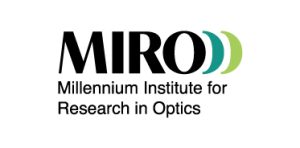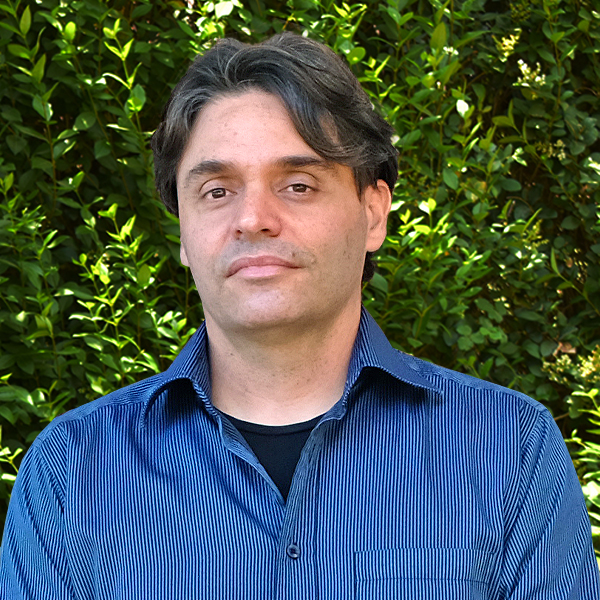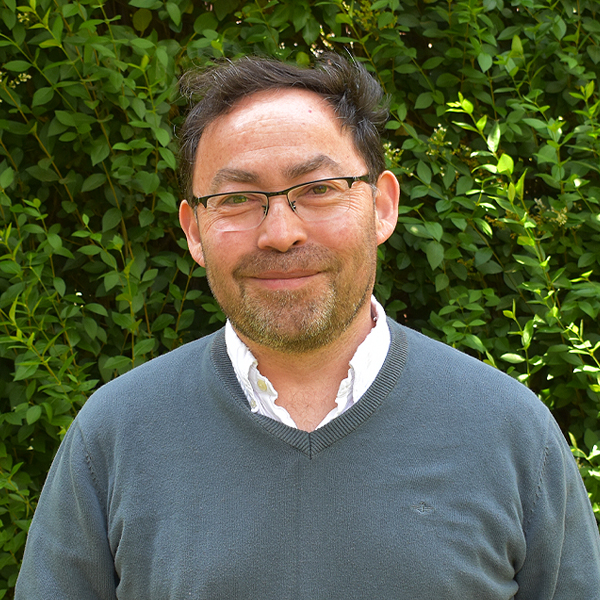LINE OF RESEARCH
Optical communications
Flexible, fast, and secure free-space optical (FSO) communication links are becoming a necessity for high data-rate connections to backup optical-fiber links. As the access for voice and data services to communication highways requires more bandwidth, network providers require newer and more reliable methods to provide last-mile access to end users. Similarly, secure point-to-point private links in urban areas, Internet access in rural areas and, above all, fast and reconfigurable links to emergency and first-aid sites—all of them urgently needed in Chile—make FSO every once again a convenient alternative for high-speed connections.
We study the scientific and applied aspects of FSO communications by means of systems based on orbital angular momentum –both in the classical and quantum regime– and adaptive optics, to increase the information rate in time-varying optical channels. This would now include the extension to very-long terrestrial paths and –with the recent, increasing interest of our country in the field of aerospace science– the research of laser communications to and from aerial and space vehicles.
Within this field, FSO communications extend the possibilities of radiofrequency (RF) wireless communications, thanks to its fundamental physical properties. FSO is in fact becoming the possible solution to increase information rate, robustness, and security of future terrestrial, satellite, and interplanetary communication links. Atmospheric turbulence continues to be one of the most important challenges encountered by FSO communication systems, both in the classical and quantum domain of operation. The inhomogeneities of the air’s refractive index along the optical propagation volume introduces random phase distortions to a propagating optical beam, observed in intensity fluctuations, usually referred to as scintillation and beam wander.




